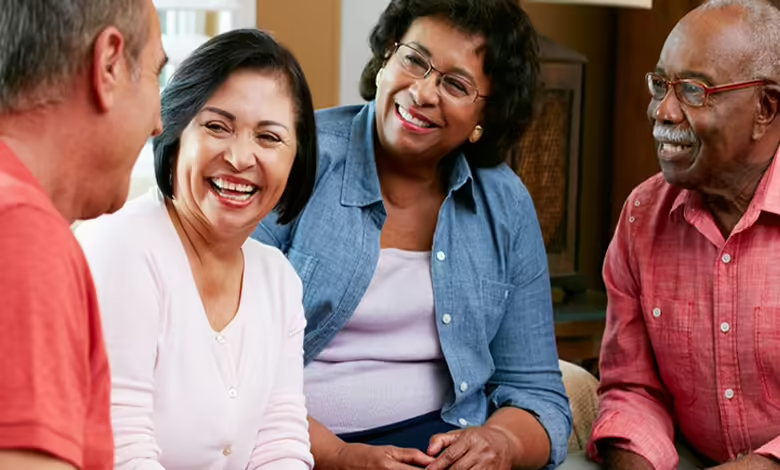How Older Adults Can Start a Building Safety Group in Their Community

Do you want to feel safer in your community? Discover how older adults can start a “building safety group” to foster security and community connections.
Home is where the heart is, and people should always feel safe in their houses. Home safety can be especially important for older adults living alone in residential communities, as they might feel vulnerable when entering and leaving their homes.
Creating a building safety group is a proactive approach to fostering security. This initiative empowers residents to look after each other and enhance everyone’s well-being.
Here are a few tips on how older adults can start a building safety group and make their residential spaces safer.
Define the Purpose
When organizing a group, begin by establishing a clear mission. Clear objectives help attract like-minded individuals and create goals for the group. Clearly state that you want the group to benefit older individuals in the community; this will attract people who understand the challenges of aging independently.
Recruit Members Who Are Passionate About the Cause
Once you have a clear mission, share it with potential group members. Begin by recruiting neighbors who wish to enhance building safety. Place flyers in common areas—including lobbies, laundry rooms, and mail rooms—to capture residents’ attention and inform them about the new group.
Establish Communication
Community initiatives require effective communication to ensure that everyone stays informed and engaged. Establish a regular meeting schedule to keep everyone updated; organize these meetings and share updates and notifications through phone trees or community bulletin boards.
Set Attainable Goals
A clear mission for the group will help you establish relevant, tangible goals. Base your goals on the safety group members’ concerns. For instance, since fall prevention is a priority for adults over 50, your group can make it a goal to minimize fall risks in your building.
The building safety group can complete this goal by:
- Identify dimly lit areas and request additional lights.
- Take note of bathrooms that lack rails and non-slip mats.
- Check staircases, hallways, and the high-traffic regions for clutter.
Report these findings to the building manager so they can install new components such as light fixtures and railings. This approach will keep the group engaged and have a positive impact on their fellow residents’ lives.
Collaborate with Local Authorities
Maximizing external safety is just as important as ensuring internal safety. Speak with the building manager or landlord about partnering with local authorities to enhance safety around the building.
Fire Protection Services
To support fall prevention efforts, your group and landlord can collaborate with fire safety experts to ensure your building complies with safety codes. They can also point out hazards, such as when fire escapes need repair.
Police Department
Inform the police about your neighborhood initiative. They may offer protection training and advise residents on how to report local crimes accurately.
By fostering commitment and collaboration, you can help create a community that is safer and more comfortable to live in. For instance, by encouraging neighbors to form a safety group for older adults, you empower them with a sense of fulfillment and security, allowing them to thrive at any age.





